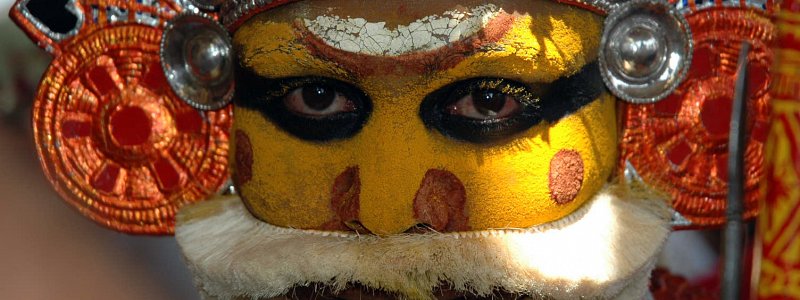How to get a head in life
January 2016
Our month of January is named after the roman god Janus, who had two heads – one looking back to the old year just past and the other forward to the new year coming on. So it seems an apt time to consider some heady news just in, which is that the world’s first full body transplant – or looked at the other way, the sewing of one person’s head onto another person’s body – could take place in just a couple of years. This science-fiction nightmare is being predicted by a controversial surgeon called Sergio Canavero, from the Advanced Neuromodulation Group, based in the usually sedate and conservative northern Italian city of Turin. Advanced neuromodulation indeed. The justification for such a Frankesteinian enterprise is that it would benefit those unfortunates whose bodies are riddled with cancer or whose nerves and muscles have withered away, according to a recent report in the New Scientist. Perhaps it would but one can’t help sensing a scientific – even Faustian – hubris at work here.
A trial head graft did take place in America 1970, involving with two macaque monkeys. There was no attempt to join the spinal cord to the new head, which would of course be necessary in any serious attempt with humans, so the miserable creature lived a mere nine days until its immune system rejected its strange new appendage. The scientific community is sceptical about the possibility, and of course the moral and ethical considerations are mind-boggling. Canavero is aware of these, writing matter-of-factly a couple of years ago that “the chimera would carry the mind of the recipient but should he or she reproduce, the offspring would carry the genetic inheritance of the donor”. Hmmm…
Canavero is upbeat though. Whenever he gets the go-ahead, it’ll take a couple of years to organise the surgical team and hey presto – new heads for old. As he says “I think we are now at a point when the technical aspects are all feasible. If society doesn’t want it, I won’t do it. But if people don’t want it in the US or Europe, that doesn’t mean it won’t be done somewhere else”.
Indeed, and how about in India? After all, one way and another, the subcontinent has a long and venerable history of multiple heads. Many of the deities have two or three or more, while the chief baddie in the national Ramayana epic, the lusty demon-king Ravana has no less than ten. Each time one is cut off, another springs up in its place, making him a formidable foe. Transplants too are nothing new here. In ancient Indian folklore, the beautiful Sita is in love both with her husband Shridaman and his hunky friend Nanda. It is the age-old story of brains versus beefcake. While Shridaman is a smart intellectual but a bit of a wimp physically, Nanda is pretty empty-headed but very well endowed with rippling muscles further south. The gods intervene – of course – and the two mens’ heads get switched, which has poor Sita out of her mind as she can’t work out which of her men is which.
One of Vishnu’s major incarnations, Narasingha, has a lion’s head on a man’s body, while in one of his minor ones, a horse’s head sits atop a human form. This character, called Hayagriva, must have had an equine lung capacity too, as he rescued the holy scriptures from the bottom of the ocean where they had been taken by two aquatic demons.
And then, last but not least, there is Ganesh of course, the God of Good Beginnings, most beloved of the Hindu deities and pretty popular with Westerners too. For all his strange appearance – elephant’s head on top of the plumpy body of a child – Ganesh is a captivator of hearts and minds. Perhaps it’s because he is the Remover of Obstacles, perhaps because he is naughty and unpredictable like a little boy. His pachyderm head was grafted onto his body when his human one was blasted off by his irate father Lord Shiva because he would not grant the great god entrance to the bathroom where his mother Parvati was taking her bath. (Plenty of Freudian material there to get one’s teeth into).
Anyway, we mustn’t get ahead of ourselves, as this all may be a bit too much neuromodulation for even our good Doctor Canavero. Nomen est omen as they say, appropriately enough, translates as ‘a veritable greyhead’. But is this cranial colouration to be taken as a sign of wisdom? We doubt it.





